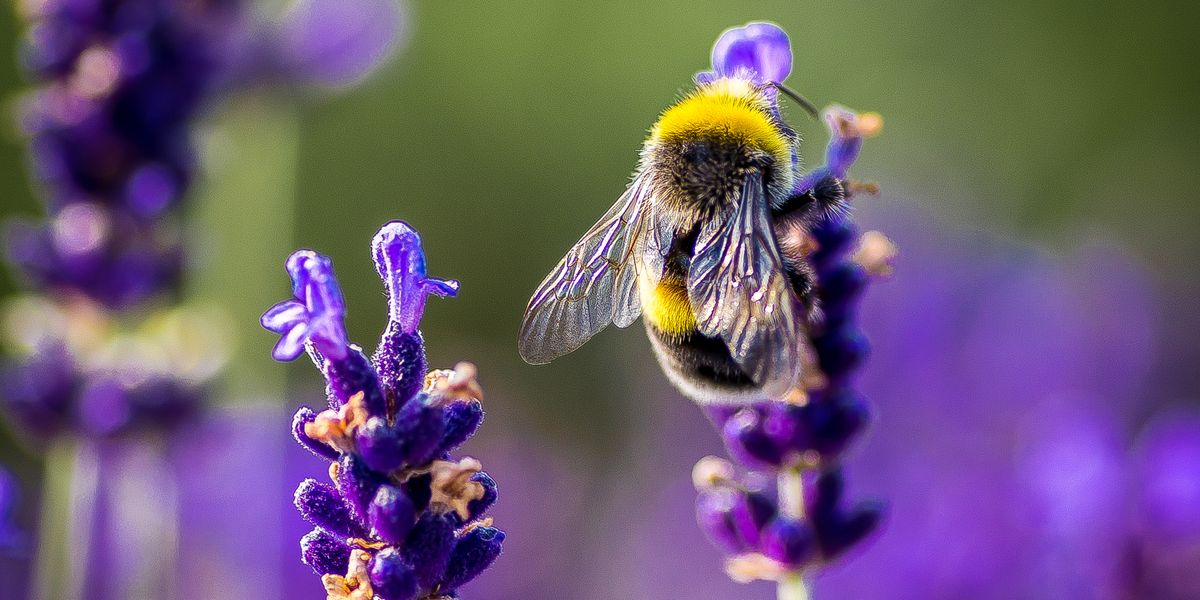What is the issue?
The systemic nature of the problem makes it complex, but not impenetrable. Scientists know that bees are dying from a variety of factors—pesticides, drought, habitat destruction, nutrition deficit, air pollution, global warming and more. Many of these causes are interrelated. The number of working bee colonies per hectare provides a critical metric of crop health. In the U.S. — among crops that require bee pollination — the number of bee colonies per hectare has declined by 90 percent since 1962. The bees cannot keep pace with the winter die-off rates and habitat loss. The bottom line is that bees are dying at unsustainable rates, and we know humans are largely responsible for the two most prominent causes: pesticides and habitat loss.
